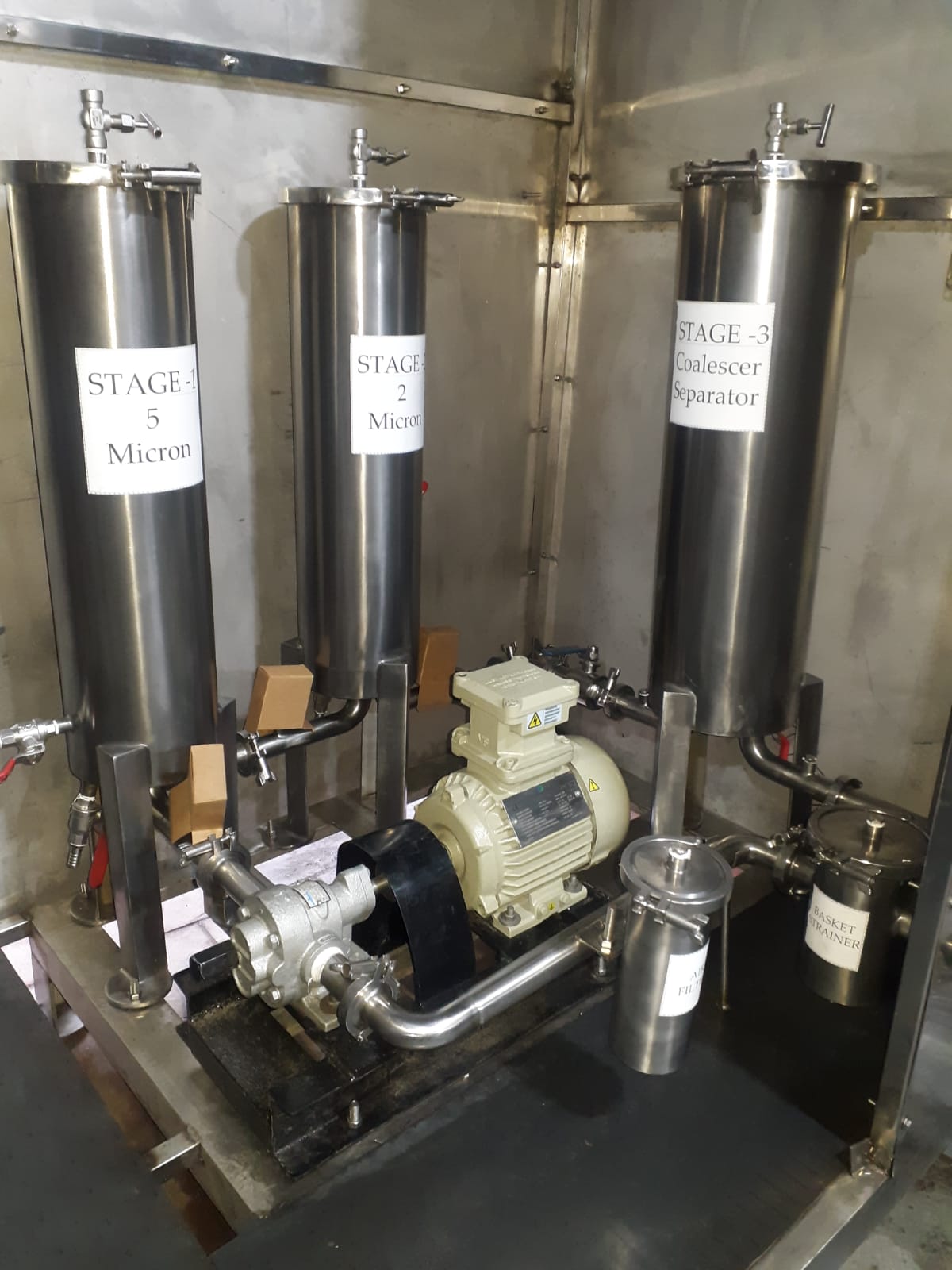Contact Us : +91 9820072995 / 7208483365

Water quality is affected by the air quality at any particular site. The air quality at most sites in India is dusty and is the cause of serious adverse effects upon both the cooling tower as well as its longevity of service and its ability to function efficiently. Cooling towers pick up a lot of dust and other airborne particles from air, which then gets washed in by the circulating water and carried as sediments into the downstream processes.
The heavier material such as grit and other inorganic particles will usually end up at the low points in the system forming “dead” areas where under-deposit corrosion can take place. Lighter material, often organic in nature, circulates more freely throughout the system and is attracted to metal parts during the periods when the condenser pump shuts off. Once on the metal surface, these particles tend to “stick” by electrostatic attraction, forming those characteristic nodules. These are prime sites for under-deposit corrosion because an electrochemical cell is set up between areas of metal that are covered by deposits and those that are not. In addition the deposit effectively seals off the base metal from corrosion-preventing chemicals.
Once corrosion begins, the metal surface forms blisters which release oxide particles, adding suspended solids to the condenser water stream.
Filtration is an essential requirement to remove contaminants like rust, sand, silt, sediments, and other suspended impurities. If not filtered out, these particulates tend to settle out in the cooling tower basin and other parts of the system where they can become a breeding ground for bacteria, requiring frequent cleaning and flushing. Such contaminations, apart from degrading system heat transfer efficiency, by their very presence, drastically increase the cost of chemicals for water treatment.
Filtering system can comprise of one or more methods depending on the area and location of the cooling tower site. An increasing number of installations are now utilizing cartridge filtration systems to control particulate levels and thus maintain cleanliness levels of the tower and overall water circulation system. A graded density cartridge filter removing particles in the range of 5 to 20 microns is normally used in cooling water filtration as 90% of the contamination is in this range. Typically, these systems are sized to continuously filter the cooling tower basin water inventory at a rate equivalent to about 5% of the total circulation rate over the tower. Most locations in India being dusty, the filtration rate needs to be designed in excess of 10% of main flow.
With side-stream filtration, a portion of the water filters continuously. The whole system is filtered every few hours. Side stream filtration works on the principle that continuous particle removal will keep the system clean. The filtration goal is not to make drinking water but to remove the fine dirt, dust, smoke and organic/ inorganic particles that collect in water.
The most effective filter system for cooling towers & process water is a permanent medium unit, one that requires little attention & maintenance. The filter medium must be finer than 20 microns to trap the average air borne contaminant. Things to look for is that filter systems are simple, compact and easy to operate. Also important are filter down to 20 microns providing filtration & a short automatic or mannual back flush cycle.
Typically a side stream representing about 10 to 15% of the total received water is adequate for sizing purpose. A system to handle flows of 200-400 lpm would be sufficient for cleaning the entire capacity of the tower once every few hours. The filter cartridges can be easily cleaned by backwash mechanism which can be automatic or manual depending upon the need & cost. A suggested system having 30″ long 30 cartridges with 3 HP centrifugal pump is shown in the figure next page.